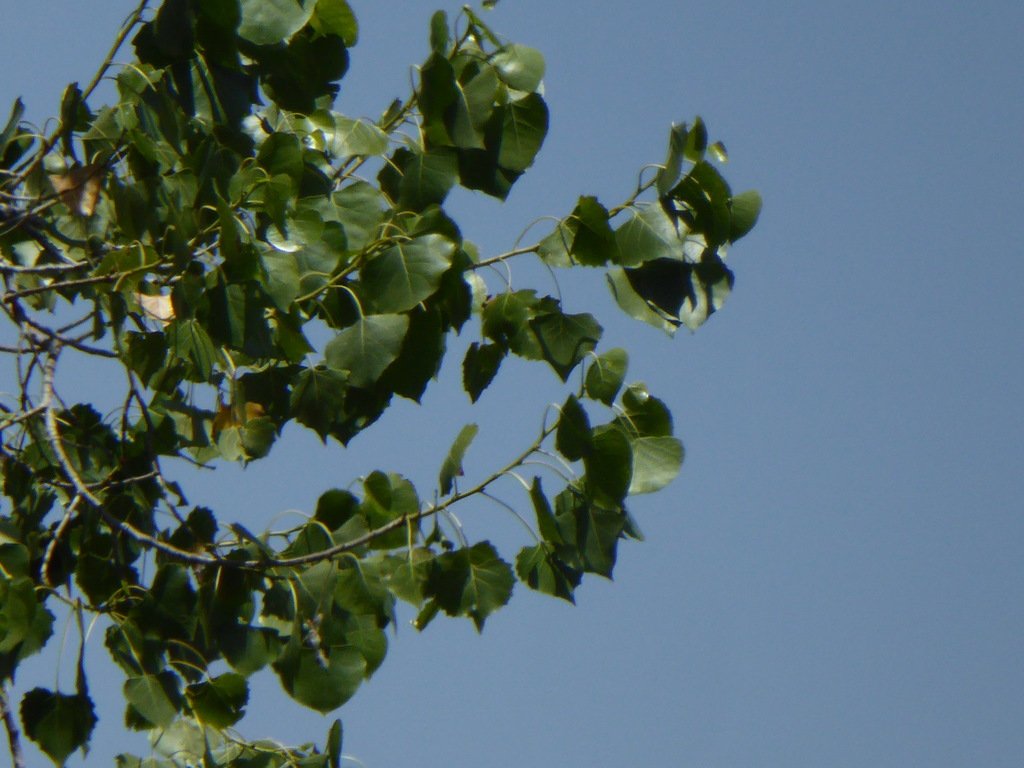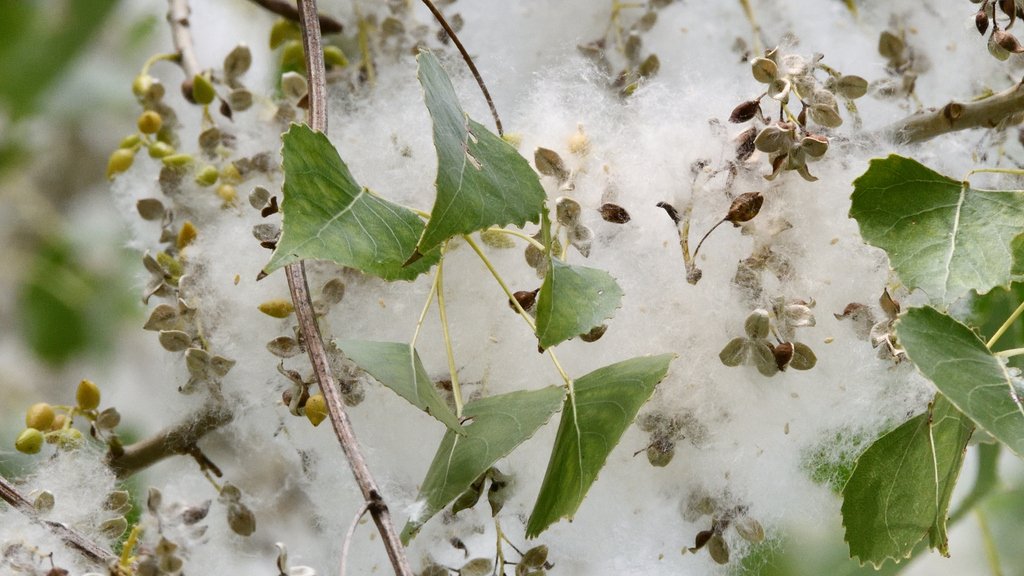Fremont Cottonwood
Populus fremontii
Family: Salicaceae
OTHER COMMON NAMES
Tohono O’odham: Aupa
Spanish: álamo
CHARACTERISTICS
Large, deciduous tree to 60’ or more. Catkins 4-13 cm long, with male and female catkins on the same tree. Flowers March-June with catkin flowers, followed by capsules that produce fluffy seed from female flowers. Yellow fall color.
Photo of Populus fremontii by Anthony Frausto, iNaturalist
Populus fremontii on SEINET
LANDSCAPE USE
Very large shade tree
GROWING CONDITIONS
AN EXPLANATION OF TERMS USED
SUN full to part sun
WATER very regular water—this tree is riparian and grows in active washes
SOIL best in sandy loose soils
HARDINESS hardy to about -30°F
BASIN low zone
CONTAINER not recommended, they outgrow them quickly
NUTRITION low
MAINTENANCE very little except for regular watering
ECOLOGY
Larval host to the Arizona Red-spotted Purple (Limenitis arthemis ssp. arizonensis), the Weidemeyer's admiral (Limenitis weidemeyeri latifascia), the Southwest Viceroy (Limenitis archippus ssp. obsoleta), the western tiger swallowtail (Papilio rutulus), mourning cloak (Nymphalis antiopa), the Dreamy Duskywing (Erynnis icelus), the twirler moth (Gelechia versutella), the Western Tent Caterpillar Moth (Malacosoma californica), the Western Poplar Sphinx (Pachysphinx occidentalis), and many, many other species of moths, butterflies, and other insects. Habitat for nesting birds, particularly for raptors. Seeds feed granivorous birds and mammals. Fluff from seeds used as nest material.
ETHNOBOTANY
Native Americans in the Western United States and Mexico used parts of the Frémont's cottonwood variously for a medicine, in basket weaving, tool making, and for musical instruments. The inner bark of Frémont's cottonwood contains vitamin C and was chewed as an antiscorbutic, or treatment for vitamin C deficiency. The bark and leaves could be used to make poultices to reduce inflammation or to treat wounds.
NATURAL DISTRIBUTION
Found along streams banks and near lakes and ponds, below 6,500 ft. throughout the southwestern United States into Mexico.
TAXONOMY AND NAME
This plant is in the Salicaceae, the willow family. There are 98 accepted species of Populus native to most of the Northern Hemisphere..
Populus is the classical Latin name for poplar trees but also means “people" because the many moving leaves in a breeze resemble a moving populace and also in reference of the fact that the trees were often planted around public meeting places in Roman times. The species was named after 19th century American explorer and pathfinder John C. Frémont.

Cottonwoods have beautiful fall color. Photo by Harper, iNaturalist

If the leaves remind you of quaking aspen, that is because they are related (aspen is Populus tremuloides, where cottonwood is Populus fremontii). Photo by hikingsandiego, iNaturalist

Globose capsuled fruits form from female flowers which split into 4 carpels releasing seeds and cottony "floof". Photo by Roberto González, iNaturalist

